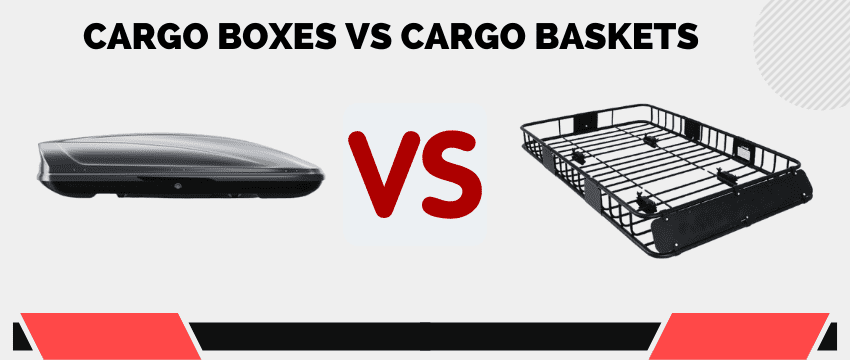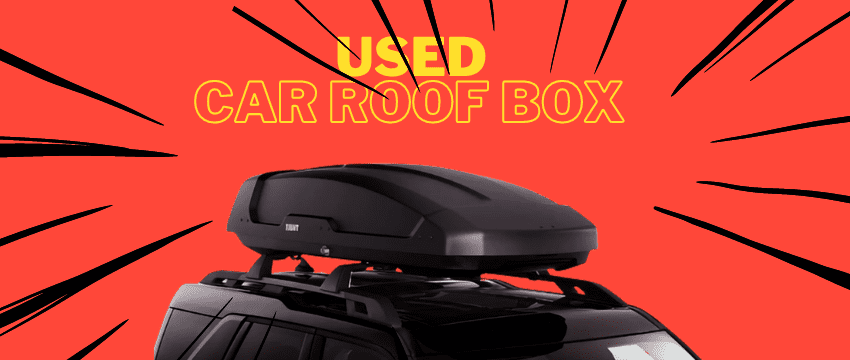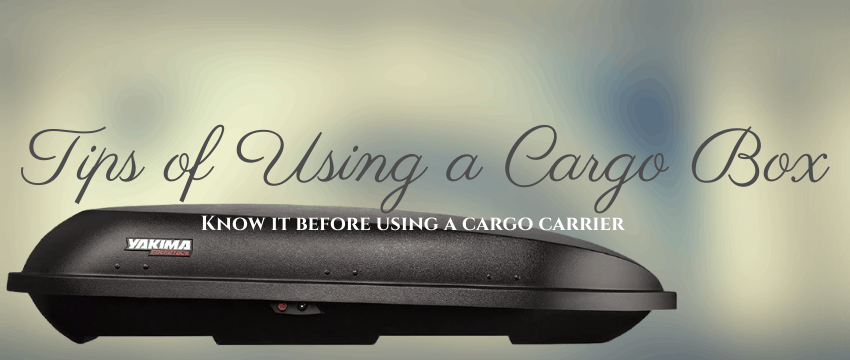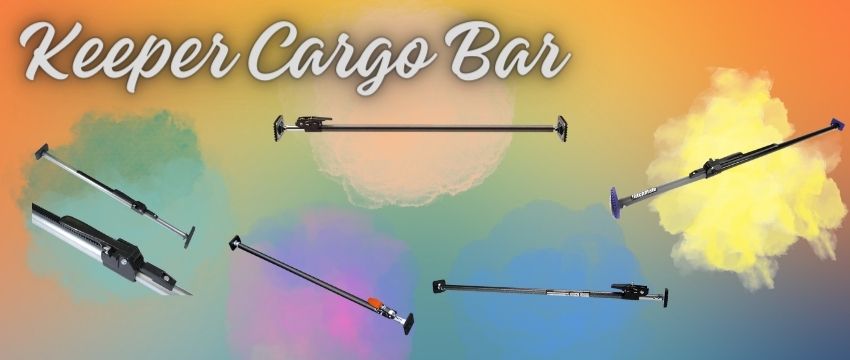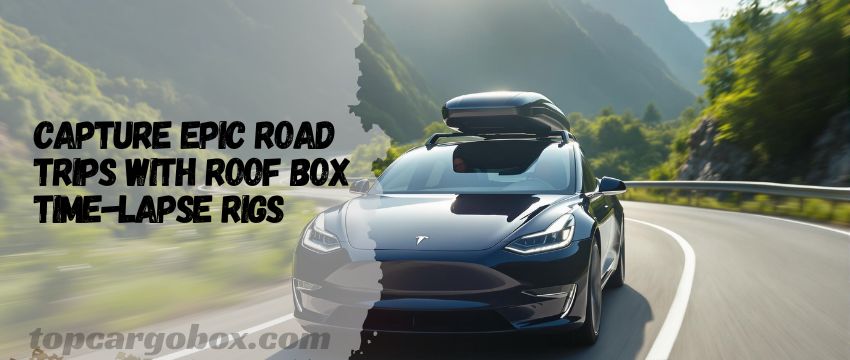Choosing the right roof box for your car can feel overwhelming, especially with the myriad of options available. A roof box is more than just extra storage—it’s a commitment to practicality, safety, and compatibility. Whether you’re planning a cross-country road trip or need additional space for ski gear, selecting a roof box that fits your vehicle requires careful consideration. This guide breaks down the critical factors—from roof rack compatibility to aerodynamics—to help you make an informed decision. Let’s dive into the essentials of finding the perfect rooftop cargo solution for your adventures.
1. Understanding Vehicle Compatibility: The Foundation of Your Choice
Your car’s roof is not a one-size-fits-all platform. Vehicle compatibility is the first and most crucial factor in choosing a roof box. Start by checking your car’s roof load capacity, which specifies the maximum weight your vehicle’s roof can safely support. This information is typically found in your owner’s manual or on the manufacturer’s website. For example, many sedans have a dynamic load limit (while driving) of 100–165 lbs, while SUVs and trucks may support up to 220 lbs. Exceeding this limit risks damaging your roof or compromising safety.
Next, identify your roof rack type. Factory-installed rails, crossbars, or aftermarket systems each have unique requirements. Vehicles with fixed roof rails (common on SUVs like the Toyota RAV4) typically use crossbars that clamp onto the rails. Cars with naked roofs (no pre-installed rails) require temporary or permanent aftermarket racks, such as suction-based or clamp-on systems. Always verify that your roof box is compatible with your rack’s mounting mechanism—most boxes attach via U-bolts, T-track channels, or quick-click systems.
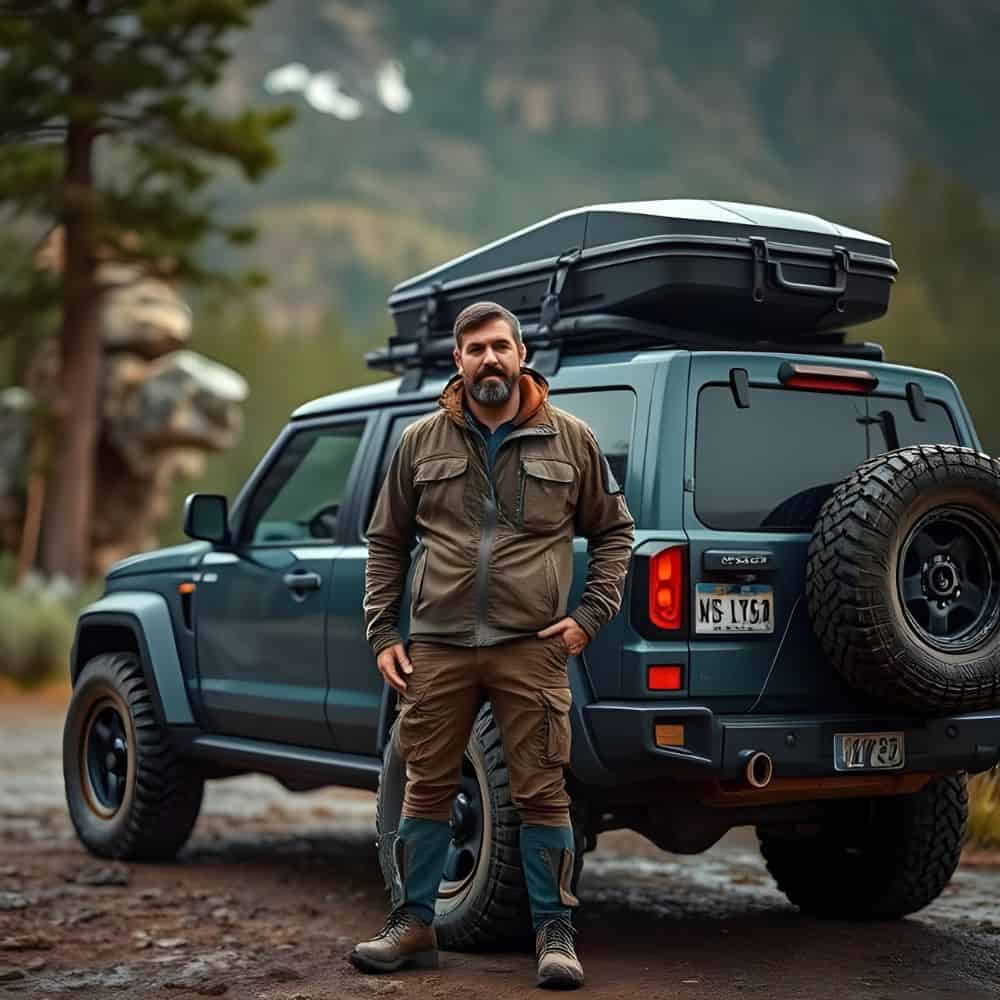
Lastly, consider your car’s dimensions. A roof box that overhangs the front or rear of your vehicle may obstruct visibility or violate local regulations. Measure the distance between your crossbars (often 24–36 inches) to ensure the box’s mounting points align. For smaller cars like a Honda Civic, a compact roof box (e.g., 12–14 cubic feet) balances storage and aerodynamics, while larger vehicles like a Subaru Outback can accommodate 16–20 cubic foot models.
2. Roof Rack Types: Matching Your Car’s Setup
Roof boxes rely on a sturdy roof rack system to function safely. There are three primary types of roof racks: factory rails, aftermarket crossbars, and temporary setups.
Factory roof rails are integrated into the vehicle’s design, running parallel along the roof. These often require crossbars to create a mounting platform. Brands like Thule and Yakima offer crossbars tailored to specific vehicles, such as the Thule WingBar Evo for Audi models. If your car has flush-mounted rails (common on hybrids for aerodynamics), ensure the crossbars are low-profile to minimize wind noise.
Aftermarket crossbars are ideal for cars without factory rails. Systems like the Yakima Baseline use door-clamp towers to secure bars to the roof’s edges. These are popular for hatchbacks and sedans, offering a dynamic load capacity of up to 165 lbs. For minimalist setups, aerodynamic bars like the Thule AeroBlade reduce drag and noise, improving fuel efficiency by 5–10% compared to bulkier designs.
Temporary racks, such as inflatable or suction-based systems, are niche but useful for occasional use. The Seasucker Talon, for instance, uses vacuum pumps to adhere to the roof without permanent installation. However, these are best suited for lightweight loads (under 75 lbs) and shorter trips. Always cross-reference your rack’s specifications with the roof box’s requirements to avoid mismatches.
3. Weight Capacity and Load Distribution: Balancing Safety and Utility
A roof box’s weight capacity is not just about how much it can hold—it’s about how your car handles that weight. Every roof box has two weight limits: static (when parked) and dynamic (while driving). For example, a box rated for 150 lbs dynamic load means you can safely carry 150 lbs of gear at highway speeds. Exceeding this stresses your roof rack, increases sway, and risks accidents.
Distribute weight evenly to maintain your car’s center of gravity. Place heavier items like toolboxes or coolers near the center of the box, closer to the crossbars. Lighter gear, such as sleeping bags or clothing, can go toward the edges. Avoid stacking items higher than the box’s walls, as this creates wind resistance and instability.
Consider your car’s gross vehicle weight rating (GVWR), which includes passengers, cargo, and the roof box. Adding a 45-pound roof box filled with 110 pounds of gear consumes 155 pounds of your car’s total capacity. If your GVWR is 1,000 lbs, ensure the combined weight of passengers and cargo (inside and on the roof) stays below this threshold. Overloading risks suspension damage and reduces braking efficiency.
4. Aerodynamics and Fuel Efficiency: Minimizing Drag
Roof boxes inevitably affect your car’s aerodynamics, but their impact varies by design. Sleek, teardrop-shaped boxes (like the Thule Motion XT) reduce drag by directing airflow smoothly over the roof, cutting fuel consumption by 15–20% compared to bulkier models. In contrast, square-edged boxes create turbulence, which can lower gas mileage by 25% or more at highway speeds.
Look for features like integrated spoilers or textured surfaces that disrupt airflow to minimize noise. At speeds above 65 mph, wind noise becomes noticeable, but aerodynamic boxes keep decibel levels manageable. Some models, such as the Yakima SkyBox Carbonite, boast noise reduction of up to 30% through contoured shapes and sealed seams.
To optimize efficiency, remove the roof box when not in use. Driving without it restores your car’s original aerodynamics, improving MPG by 10–15%. If you need semi-permanent storage, consider a low-profile box (under 15 inches tall) to balance convenience and fuel costs.
5. Installation and Security: Ensuring a Safe Fit
Proper installation is non-negotiable for safety. Start by cleaning your roof and crossbars to ensure a secure fit. Most roof boxes attach via U-bolts or T-track clamps—tighten these to the manufacturer’s recommended torque (usually 5–7 Nm). Over-tightening can warp the crossbars, while under-tightening risks slippage.

Test the box’s stability by gently shaking it after installation. There should be no lateral movement. Use locking mechanisms (like Thule’s SureClick) to deter theft. For added security, thread a cable lock through the box’s handles and around the crossbars.
Before hitting the road, perform a visual inspection:
- Ensure the box is centered on the crossbars.
- Confirm the lid closes securely and latches engage.
- Check that no straps or buckles dangle near the car’s paint.
Recheck these points after the first 10–15 miles of driving, as vibrations can loosen components.
6. Legal and Practical Considerations: Staying Compliant
Roof boxes must comply with local vehicle regulations. In the EU, boxes cannot extend more than 20 inches beyond the car’s rear bumper. In the U.S., states like California limit overhang to 12 inches. Violations can result in fines or forced removal.
Additionally, roof boxes obscure license plates or taillights in some setups. Install auxiliary lighting if your box blocks factory lights. In snowy regions, ensure the box’s material (e.g., ABS plastic) can withstand temperatures as low as -22°F without cracking.
Finally, consider parking garage clearances. Many garages have height limits of 6’7” to 7’. A roof box adds 12–18 inches to your car’s height—measure your vehicle’s total height with the box installed to avoid collisions.
Roof Box Features and Specifications
Feature | Specification |
|---|---|
Material | High-density ABS plastic, fiberglass, or carbon fiber |
Capacity | 10–22 cubic feet (varies by model) |
Weight Limit | 100–220 lbs dynamic load |
Locking System | Integrated key locks or compatibility with padlocks |
Aerodynamics | Teardrop shape, integrated spoilers |
Weather Resistance | UV-protected, waterproof seals |
Mounting Mechanism | U-bolts, T-track clamps, or quick-attach systems |
Dimensions | Length: 55–90 inches; Width: 30–40 inches; Height: 12–18 inches |
Conclusion
Selecting the right roof box for your car is a blend of practicality, safety, and personal preference. By prioritizing vehicle compatibility, weight limits, and aerodynamics, you can enhance your travels without sacrificing performance. Remember to factor in installation ease, legal requirements, and fuel efficiency to make a choice that aligns with your lifestyle. With the right roof box, every journey becomes an opportunity to explore further, pack smarter, and drive confidently.
Questions and Answers
1. Can any roof box fit on any car?
No, roof boxes require compatibility with your car’s roof rack system and weight capacity. Vehicles with factory rails or crossbars can accommodate most universal boxes, while cars without racks need aftermarket solutions. Compact cars often suit smaller boxes (12–16 cubic feet), while SUVs support larger models. Always check the manufacturer’s fit guide to confirm compatibility.
2. Which is the best car roof box?
The “best” roof box depends on your needs. For aerodynamics, the Thule Motion XT excels with its teardrop design. The Yakima SkyBox Carbonite offers durability and ample storage, while the RoofPax Atlas is budget-friendly. Consider factors like capacity, noise reduction, and lock quality. Premium brands like Thule and Yakima consistently rank high for reliability.
3. Is a rooftop cargo box worth it?
Yes, if you frequently need extra storage for trips or sports gear. Roof boxes protect belongings from weather and free up cabin space. However, they reduce fuel efficiency by 10–25% and require initial investment ($300–$1,200). For occasional use, soft cargo bags may be more cost-effective.
4. How fast can you drive with a roof box?
Most manufacturers recommend speeds under 80 mph. High speeds increase wind resistance, noise, and instability. In windy conditions, reduce speed to 60–65 mph for safety. Always adhere to local speed limits and adjust driving habits to accommodate the added drag.
5. Do roof boxes reduce MPG?
Yes, due to increased aerodynamic drag. Studies show a 10–25% drop in MPG, depending on the box’s shape and driving speed. Sleek designs mitigate this loss better than bulky ones. Removing the box when unused restores fuel efficiency. For long trips, the storage convenience often outweighs the fuel cost.
Our team is creating outdoor-gear relevant articles with passion. If our articles can help you to find the correct solutions for your questions, we will be happy about that. In the content creation process, we usually collect accurate and useful information online or offline to compile our content in an organized way. Consequently, we can guarantee that you can discover some expected answers to your questions. We appreciate your time on our site.


